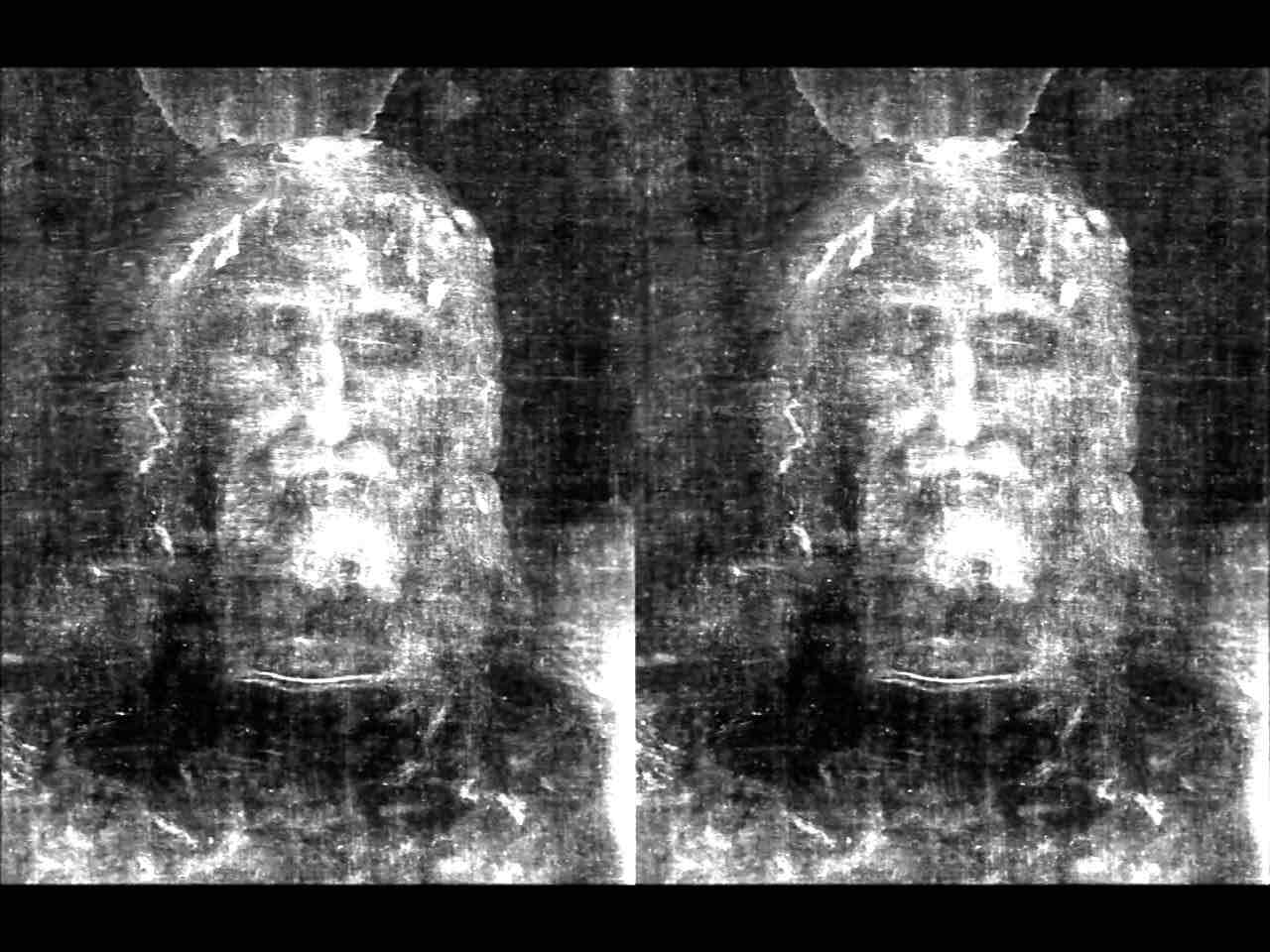
Is the Shroud of Turin a fake? RESEARCHERS set out to see if the Shroud of Turin reveals whether Jesus Christ was nailed to a T or Y-shaped cross. What they discovered paints the ancient mystery in a whole new light.
IT’s one of the world’s most revered religious objects. And one of the most controversial. Depending on who you ask, the Shroud of Turin is the bloodstained burial cloth of Christ himself. Others say it is a Da Vinci masterpiece. Yet others dismiss it as a crude fake.
It’s been put under intense scrutiny for decades. Radiocarbon dating. Microscopic analysis. Image enhancement. Pollen testing.
The results are inconsistent.
Radiocarbon dating results returned a figure of somewhere between 1260 and 1390. But some say the sample may simply have been taken from medieval-era repairs.
Pollens found among its strands match types found in the Middle East. But this alone is not a sign of authenticity.
It’s because of this ongoing uncertainty that the Vatican has classified the Shroud as an icon: a piece of art representing immense religious significance.
If it was proved to be the real deal, it would be upgraded to a relic — something touched, owned or a part of someone embodying real religious impact.
But a new study published last week by the Journal of Forensic Sciences casts even further doubt on the Shroud of Turin’s authenticity.
It analysed what appear to be blood splatters with the modern forensic techniques.
It’s not just about the blood. It’s about where it is. It’s about how it splatters. It’s about the patterns these form.
“Even a crucified or hanging person should leave a distinct blood pattern on the cloth, which would be fascinating information to have,” Liverpool John Moores University forensic scientist Matteo Borrini says.
The study involved creating a variety of different bloodstained cloths from simulated blood flows on a live volunteer.
Gravity causes different patterns of blood rivulets from the same head, hand, feed, back and waist ’wounds’ according to the pose the body is in. In turn, these stains then produced different patterns when the body is laid out on a cloth.
These were then matched with those seen on the Shroud of Turin.
The results are in.
Borrini and his fellow researchers had initially hoped their research would reveal whether the crucified form would reveal it had been nailed to a Y-shaped or T-shaped cross.
Instead, it ruled both options out.
The blood splatters look as though they fell vertically, almost randomly, as if from someone standing over the cloth. The smears would be very different if they had soaked in from a bloodstained corpse laid out on an embalming table.
Instead, the researchers say the Shroud of Turin’s blood stains indicate several different poses were used to imprint the patterns for the hands, chest and back. This is revealed in the inconsistent shape and form of the bloodstains on the Shroud of Turin itself.
“The two short rivulets on the back of the left hand of the Shroud are only consistent with a standing subject with arms at a ca 45 degree angle,” the study reads.
“ This angle is different from that necessary for the forearm stains, which require nearly vertical arms for a standing subject. The BPA of blood visible on the frontal side of the chest (the lance wound) shows that the Shroud represents the bleeding in a realistic manner for a standing position while the stains at the back — of a supposed post-mortem bleeding from the same wound for a supine corpse — are totally unrealistic.”
It’s not the first time Borrini has tackled the subject. In 2014, he argued initial analysis of blood patterns on the Shroud’s ‘arms’ suggested whomever created it felt the body had been nailed with its hands above its head — likely on a Y-shaped crucifix.
““It could be that the artist just decided to draw the rivulets of blood parallel to the arms for artistic reasons,” he said at the time. “If it’s a fake, then it’s a very interesting piece of art and human ingenuity.”
But, with Borrini’s in-depth analysis of the Shroud’s blood patterns, that human ingenuity clearly had its limits.














Jesus could have been placed face down on the cloth at first after death , nobody knows , I think it’s genuine , the light force need to create this image is not possible with human reproduction, it’s a miracle I have faith that’ it is Jesus Christ !
Since the Abrahamic Sky Wizard is apparently really really omnipotent and super she/he probably made the shroud come across as fake in every single test simply to (i) make money from pointless articles over the years and (ii) ‘prove’ that Science is silly because she/he is real… so there!
John Dean Heckley, I agree with your comment, I think it is genuine. Jesus left us all the evidence as proof of the horrendous death He suffered. I believe.